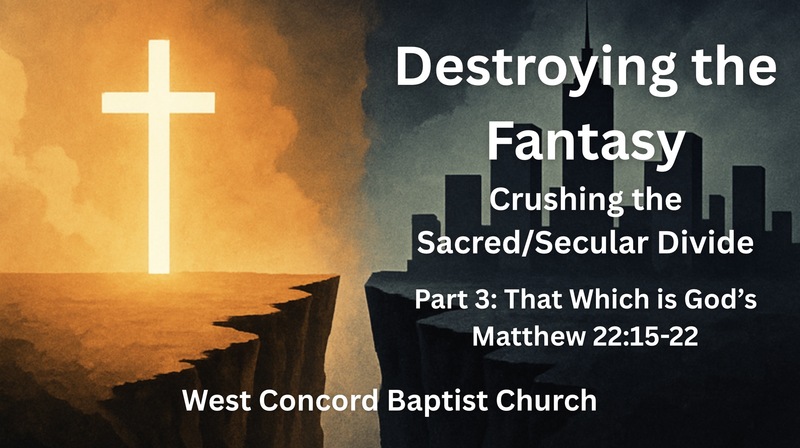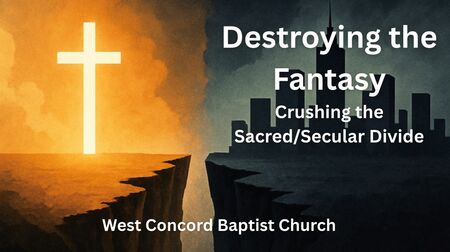
Matthew 22:15-22
The Plot Initiated (vv. 15-17)
- Freak Companions
- False coaxing
- Fallacious Conundrum
The Profile Imprinted (vv. 18-20)
- “Show Me the money”
- “Show Me the image"
The Point Illustrated (vv. 21-22)
- A horizontal philosophy – “that which is Caesar’s”
- A vertical reality – “that which is God’s”
More to Consider
Jesus was aware of the hypocrisy in their approach and also of the implications of His answer. He therefore answered their question by demonstrating that government does have a rightful place in everyone’s life and that one can be in subjection to government and God at the same time. He asked them to give Him a coin used to pay the tax. A Roman denarius, with its image of Caesar, the Roman emperor, made it obvious they were under Roman authority and taxation. (One coin inscription reads, “Tiberius Caesar Augustus, son of the Divine Augustus.”) Therefore the taxes must be paid: Give to Caesar what is Caesar’s.
But Jesus also reminded them that a sphere of authority belongs to God: Give to God what is God’s. Individuals are to be subject also to His authority. Man has both political and spiritual responsibilities. Amazed at Jesus’ answer, both the Pharisees and the Herodians were silenced. Barbieri, L. A., Jr. (1985). Matthew. In J. F. Walvoord & R. B. Zuck (Eds.), The Bible Knowledge Commentary: An Exposition of the Scriptures (Vol. 2, p. 72). Victor Books.
Man bears God’s image and owes God his all. Caesar’s image was on the coin; God’s image is on man (Gen. 1:26–27). Sin has marred that image, but through Jesus Christ, it can be restored (Eph. 4:24; Col. 3:10).
The relationship between religion and government is personal and individual. It is right for the people of God to serve in government (remember Daniel and Joseph). But it is wrong for government to control the church, or for the church to control government.
Wiersbe, W. W. (1996). The Bible exposition commentary (Vol. 1, p. 80). Victor Books.
Nothing is known of the Herodians outside of the Gospels. Judging from their name, they were supporters of the Herodian dynasty in its collaboration with the Roman government. This would put them at the opposite end of the political spectrum from the Pharisees. Yet their common hatred of Christ was great enough that the Pharisees and Herodians joined forces against Him.
Radmacher, E. D., Allen, R. B., & House, H. W. (1999). Nelson’s new illustrated Bible commentary (p. 1183). T. Nelson Publishers.

